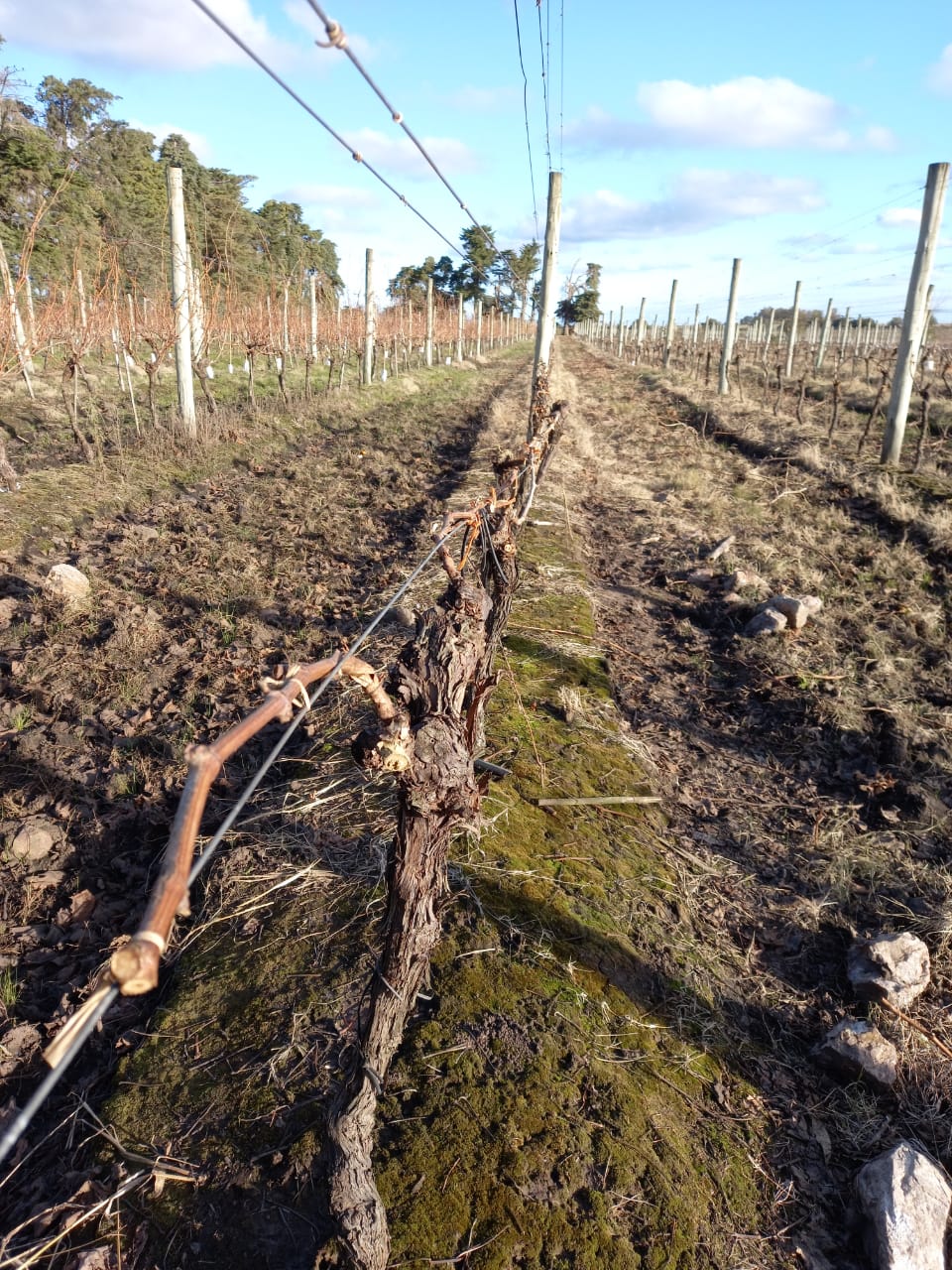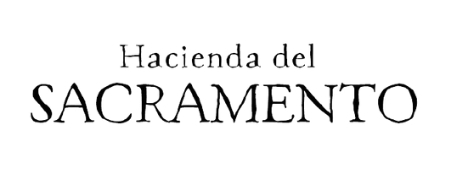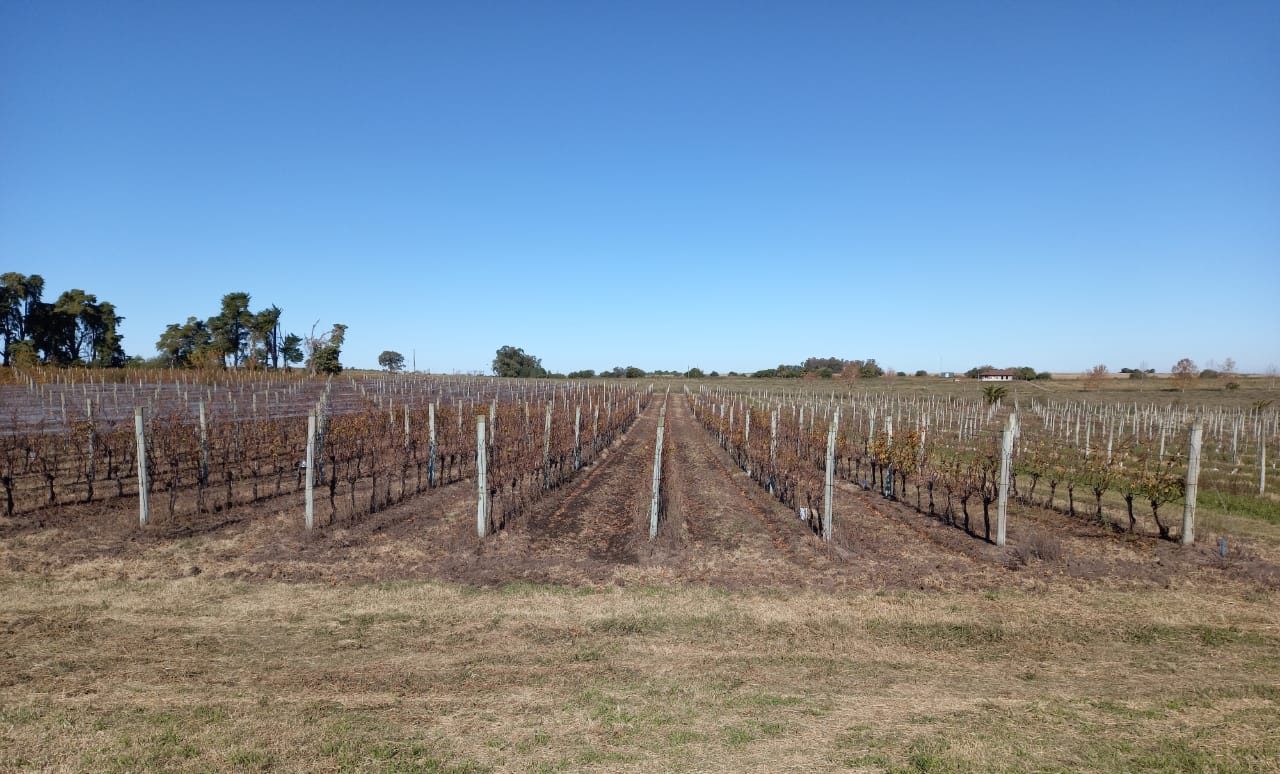Temporada de Poda
En Hacienda del Sacramento hemos iniciado un nuevo ciclo productivo en nuestros viñedos. Cada vez que comienza un nuevo ciclo es imprescindible podar las plantas. La práctica de poda consiste en la eliminación de diversas partes vivas de la planta (ramas, brazos, partes del tronco, partes herbáceas, etc.) con el fin de modificar el hábito de crecimiento de la planta, adaptándolo a nuestras necesidades.
Gracias a esta actividad podemos establecer un equilibrio entre vigor vegetativo y producción de fruto para regular tanto la cantidad como la calidad que queremos obtener de la uva.
Es importante destacar que cada variedad tiene sus propias características y por tanto el tipo de poda a realizar será diferente en función de la fertilidad de sus cogollos. Las yemas son órganos de las plantas que al brotar nos darán diferentes partes de la planta, en este caso las de nuestro interés serán las que dan racimos.
Existen diferentes tipos de cogollos en función de su ubicación en la planta y de su fertilidad (número de racimos que se obtendrán posteriormente). Por ello, en nuestros viñedos contamos con las variedades Merlot y Viognier, que presentan fértiles cogollos basales; la variedad Tannat, que presenta fértiles cogollos basales y medios; y finalmente la variedad Pinot Noir, cuyos cogollos medios son los más fértiles.
En nuestros viñedos, siguiendo los criterios de fertilidad de las yemas de cada variedad, estamos realizando podas mixtas en las variedades Pinot y Tannat, y podas cortas en la variedad Merlot.


We can distinguish three types of pruning depending on the length that the pruner is going to leave on the branches of the plant. We have short pruning, which consists of leaving pruning elements one year old (shoots) on wood two years or more old (pythons), which will be left with two buds and will have a limited length. Long pruning consists of leaving the chargers (one year old as well) with four or more buds, therefore, their length will be greater.
Finally, we have the mixed pruning which combines both pruning mentioned above.
It is also important to differentiate two other types of pruning depending on the stage of development of the plant. There is the formation pruning, which as its name suggests, is carried out during the first years in the formation period of the vine, when it has just been planted and is still young. It is carried out until the strain acquires the desired size and appearance. This pruning slows the growth of the crop, but is offset by a longer life and better quality of the vineyard. Once the vine has acquired the desired shape, the second type of pruning called fruiting pruning is performed. Within this type of pruning, we can differentiate winter pruning or dry pruning, which is carried out when the plant is in a dormant state; and green pruning or spring pruning, which is done in late spring after bud break.


Green pruning is one of the most important operations for the subsequent obtaining of healthy, ripe grapes and above all to obtain an increase in quality and thus obtain a good wine. By reducing the number and length of the shoots, the vine will produce fewer bunches, but these will be of greater thickness and quality.
There are several vitally important reasons why pruning should be carried out, but the most important for Hacienda del Sacramento is obtaining a quality grape to offer a good wine food pairing experience.
In conclusion, pruning allows us to maintain the shape of the plant and extend its life expectancy by renewing its parts; regulate the growth of the plant and make a selection of the most fertile buds; and therefore we modify the number of shoots and clusters that we are going to obtain in this new production cycle.





